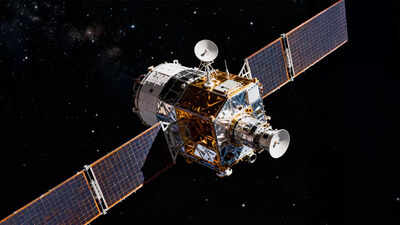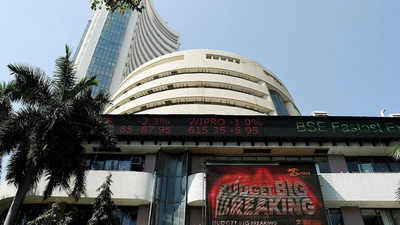Gold price rally impact: India’s gold reserves cross $100 billion for the first time; share in forex reserves highest since 1996-97


Table of Contents
ToggleGold
price rally impact: India’s gold reserves cross $100 billion for the first time; share in forex reserves highest since 1996-97″ title=”The proportion of gold within India’s foreign exchange reserves has seen a significant rise in the last ten years.
(AI image)” decoding=”async” fetchpriority=”high”/>
India’s Gold Reserves – Top Facts
According to a Reuters report, traders indicate that gold now constitutes 14.7% of India’s total foreign exchange reserves, reaching its highest proportion since 1996-97.The proportion of gold within India’s foreign exchange reserves has seen a significant rise in the last ten years, climbing from under 7% to about 15%.
This increase reflects both the RBI’s systematic gold acquisition and substantial increases in worldwide gold prices.This development has resulted in the value of India’s gold reserves reaching the $100 billion mark, despite the RBI notably reducing its gold acquisitions this year.According to World Gold Council statistics, the RBI’s gold buys in 2025 were limited to four months out of the first nine months, which differs from 2024 when the central bank bought gold almost every month.The total gold procurement from January through September amounted to merely 4 tonnes – a substantial decrease from the 50 tonnes acquired during the corresponding period in the previous year.As gold prices experience substantial growth, its proportion within India’s foreign exchange reserves has shown notable expansion, primarily due to valuation benefits, according to Kavita Chacko, who heads research for India at the World Gold Council.The precious metal has witnessed an impressive increase of about 65% in 2025, influenced by a combination of economic factors, institutional behaviour and market sentiment.International central banks persist in building their gold holdings to diversify reserves beyond the US dollar, particularly in response to growing geopolitical uncertainties, sanctions-related challenges and efforts to reduce dollar dependency.



